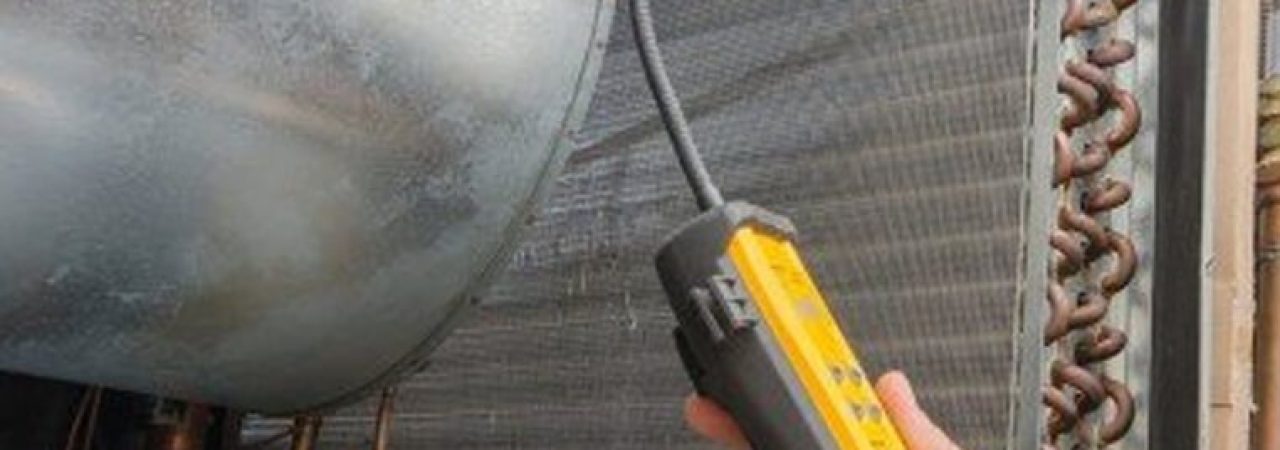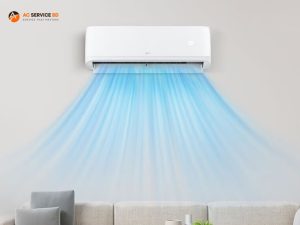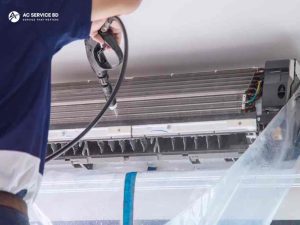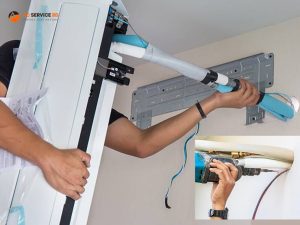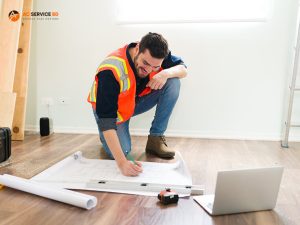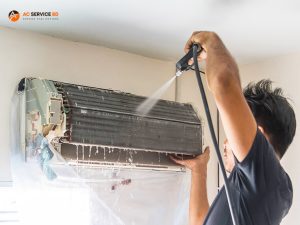Repairing an AC leak involves identifying and fixing the source of the refrigerant leak. Keep in mind that handling refrigerants requires specialized skills and equipment, and it’s recommended to consult with a licensed AC Service BD professional for proper diagnosis and repair. Here are general steps involved in addressing an AC refrigerant leak:
Steps to Repair an AC Leak:
1. Identify the Leak:
Use a refrigerant leak detector or soapy water solution to identify the location of the leak. Common areas where leaks occur include connections, valves, coils, and tubing.
2. Turn Off the AC Unit:
Turn off the air conditioner to prevent further loss of refrigerant and to ensure safety during the repair process.
3. Recover Refrigerant:
If there is still refrigerant in the system, it needs to be recovered using specialized equipment. A licensed HVAC technician is trained to handle refrigerants safely and legally.
4. Repair or Replace Components:
Depending on the source of the leak, repair or replace the damaged components. This may include soldering, brazing, or tightening connections. Common components that may need attention include valves, tubing, coils, and joints.
5. Pressure Test:
After repairing or replacing components, perform a pressure test to ensure that the system is sealed and there are no additional leaks. This involves pressurizing the system with nitrogen and monitoring for pressure drops.
6. Evacuate and Recharge:
Once the system passes the pressure test, use a vacuum pump to evacuate any air and moisture from the system. After evacuation, recharge the system with the correct amount of refrigerant according to the manufacturer’s specifications.
7. Monitor System Performance:
Turn on the air conditioner and monitor its performance. Check for proper cooling, ensure there are no unusual sounds, and observe the system for any signs of leaks.
8. Check for Additional Leaks:
While the primary leak may have been repaired, it’s important to inspect the entire system for other potential leaks. Address any additional issues to prevent future problems.
9. Seal Openings:
Seal any openings or gaps around components to prevent air leaks and maintain the integrity of the system.
10. Schedule Regular Maintenance:
To prevent future leaks and ensure the optimal performance of your AC system, schedule regular maintenance with a licensed AC Service BD professional. Regular inspections can catch potential issues before they become major problems.

